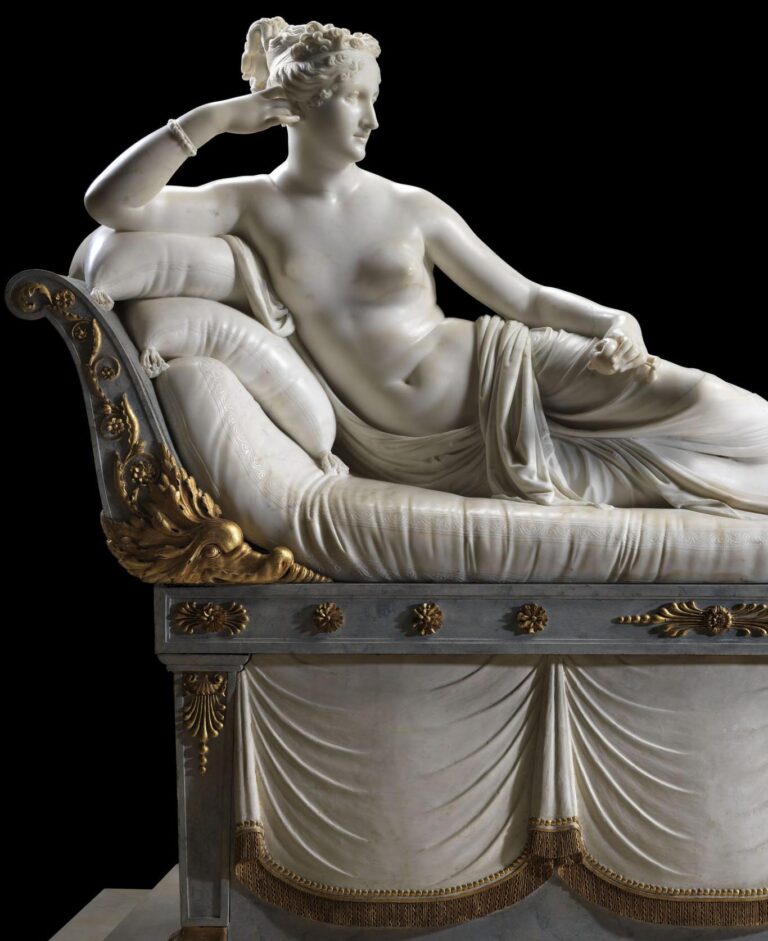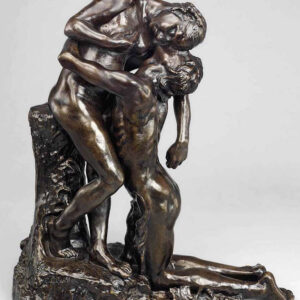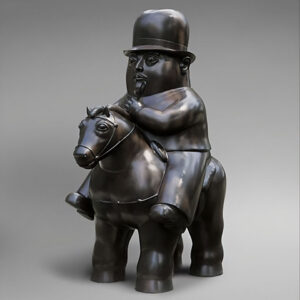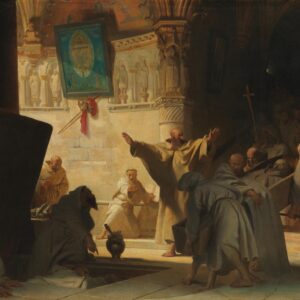Antonio Canova ; 1 November 1757 – 13 October 1822) was an Italian Neoclassical sculptor,[2][3] famous for his marble sculptures. Often regarded as the greatest of the Neoclassical artists,[4] his sculpture was inspired by the Baroque and the classical revival, and has been characterised as having avoided the melodramatics of the former, and the cold artificiality of the latter.[5]
In 1757, Antonio Canova was born in the Venetian Republic city of Possagno to Pietro Canova, a stonecutter, and Maria Angela Zardo Fantolini.[6] In 1761, his father died. A year later, his mother remarried. As such, in 1762, he was put into the care of his paternal grandfather Pasino Canova, who was a stonemason, owner of a quarry,[5] and was a “sculptor who specialized in altars with statues and low reliefs in late Baroque style”.[6] He led Antonio into the art of sculpting.
Before the age of ten, Canova began making models in clay, and carving marble.[7] Indeed, at the age of nine, he executed two small shrines of Carrara marble, which are still extant.[8] After these works, he appears to have been constantly employed under his grandfather.[8]
Artistic process :
Canova had a distinct, signature style in which he combined Greek and Roman art practices with early stirrings of romanticism to delve into a new path of Neoclassicism.[37] Canova’s sculptures fall into three categories: Heroic compositions, compositions of grace, and sepulchral monuments.[8] In each of these, Canova’s underlying artistic motivations were to challenge, if not compete, with classical statues.[5]
Canova refused to take in pupils and students,[6] but would hire workers to carve the initial figure from the marble. According to art historian Giuseppe Pavanello, “Canova’s system of work concentrated on the initial idea, and on the final carving of the marble”.[6] He had an elaborate system of comparative pointing so that the workers were able to reproduce the plaster form in the selected block of marble.[35] These workers would leave a thin veil over the entire statue so Canova’s could focus on the surface of the statue.[35]
While he worked, he had people read to him select literary and historical texts.[6]
























